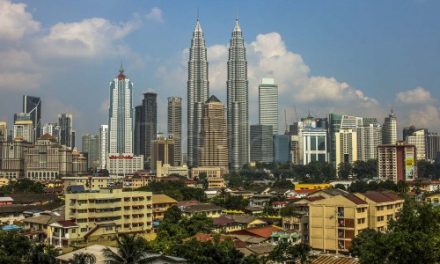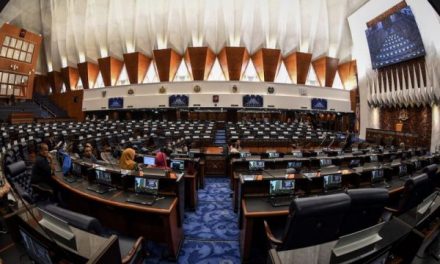Gurney Wharf public projects to begin early next year
Work will begin early next year on several components of the Gurney Wharf project, touted as the state’s first reclaimed waterfront. Among the components are a promenade, a park, a skating rink, a children’s playground and a man-made beach. State Local Government Committee chairman Jagdeep Singh Deo said the state was in negotiations with relevant parties to finalise some of the agreements. Reclamation work for the Gurney Wharf project was completed recently by Tanjung Pinang Development Sdn Bhd, a subsidiary of E&O. Of the 52.2ha to be surrendered to the state government, about 24ha will be for various public amenities benefitting the people of Penang. However, the state government has agreed to reclaim another two water bodies at the site, about 5.8ha, which will also be surrendered to the state government. Physical work is expected to begin next June and will take about a year to complete. (NST Online)
More corporations and MNCs moving into coworking spaces
Coworking spaces have become a part of the working environment around the world and the number of shared spaces and coworkers is forecast to grow. According to online statistics portal Statista, there were 18,700 coworking spaces globally last year and it estimates that this number will increase to 26,300 next year. Meanwhile, coworking community, the Global Coworking Unconference Conference, estimates that the number of coworkers will grow from 1.74 million in 2017 to 5.1 million by 2022. Apart from the traditional users of coworking spaces – freelancers, start-ups and those who work remotely – larger companies and multinational corporations (MNCs) are also moving into such spaces. With Asia-Pacific now embracing this trend, the region is expected to see the fastest growth in the number of coworking spaces and its users. Coworking markets in major cities will continue to see bright prospects, but is unlikely to overtake conventional offices. Coworking spaces constitute less than 1% of the Klang Valley’s office supply of 110 million sq ft. (The Edge)
Penang Structure Plan 2030 gazetted, says Chow
The Penang state government announced that the Penang Structure Plan (RSNPP) 2030 was successfully gazetted on October 24. Chief Minister Chow Kon Yeow said RSNPP 2030 is a revised version of the development plans laid out in RSNPP 2020. “It is hoped that RSNPP 2030 will serve as the main guideline and reference to the state government machinery in ensuring that all policies and proposed projects especially high impact ones can be implemented for the benefit of the people,” he said. Meanwhile, the state government is also looking into two local plans namely for the island and Seberang Perai, which is a statutory plan that will set out the policies and strategic planning of the structure plan into a more detailed land use map for the Local Planning Authority. (Malay Mail)
Strong interest from mainland Chinese buyers expected next year
According to a forecast by Chinese international property portal Juwai.com, there will be stronger interest from Chinese buyers next year with the lowering of the minimum price threshold for foreign buyers on high-rise property due to the temporary lowering of minimum price threshold for foreign buyers on high-rise property in urban areas. The lower threshold will only apply between January 1 and December 31, 2020, after which date the threshold reverts to RM1 million. “The fact that everyone agrees upon is that the markets are suffering from an excess of unsold property. By lowering the price threshold for a short time, the government hopes some of these unsold properties will find buyers. Developers will then have the funds to invest in and begin construction on projects more suited to the local buyer in today’s market,” said Juwai IQI executive boardmember, Kashif Ansari. (NST Online)
Singapore and Malaysia both fall in global ranking of English standards
Singapore and Malaysia have both fallen several places on this year’s annual Education First (EF) English Proficiency Index, which measures the English levels of countries with non-native speakers worldwide. Singapore fell from third place to fifth place, while Malaysia slid from 22nd to 26th on the ranking. In first place was the Netherlands, followed by Scandinavian countries Sweden, Norway and Denmark. Thanks to the growing prominence of English instruction in universities and on-job practice, millennials aged 26 to 30 had the strongest English skills of all age groups, followed by those aged 21 to 25. The Index’s report said without elaborating that over half of all Asian countries saw a drop in English proficiency this year. (Business Insider)

Source: Shutterstock





